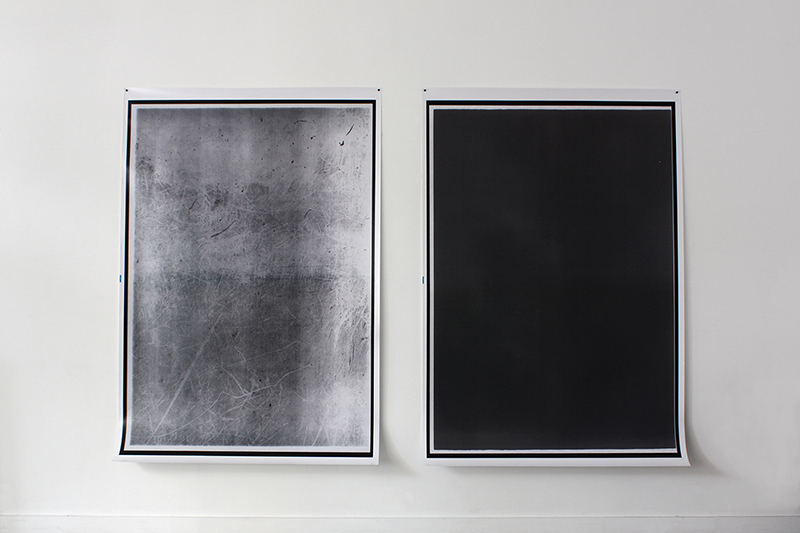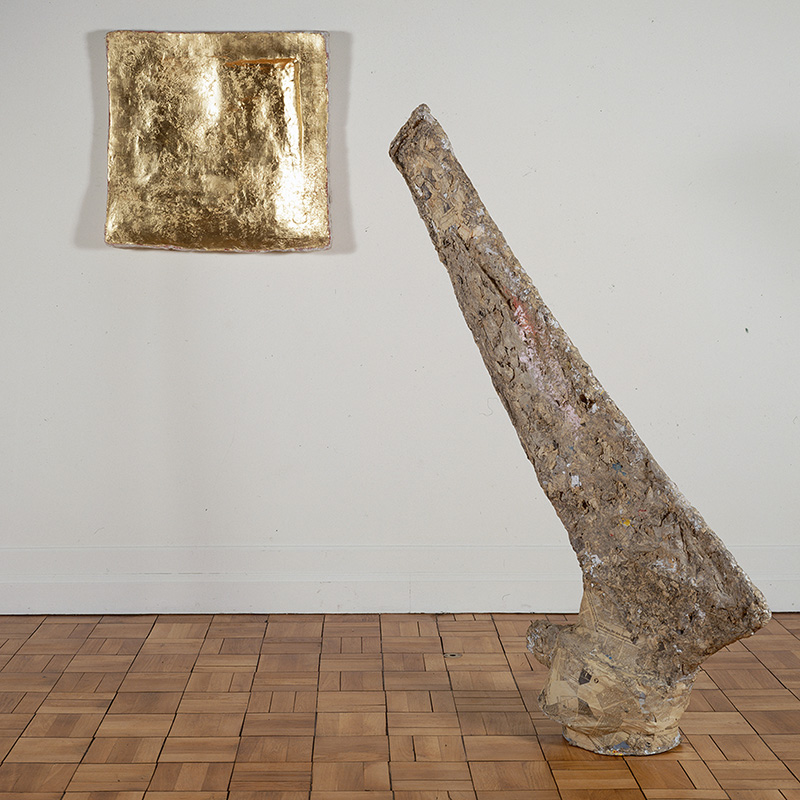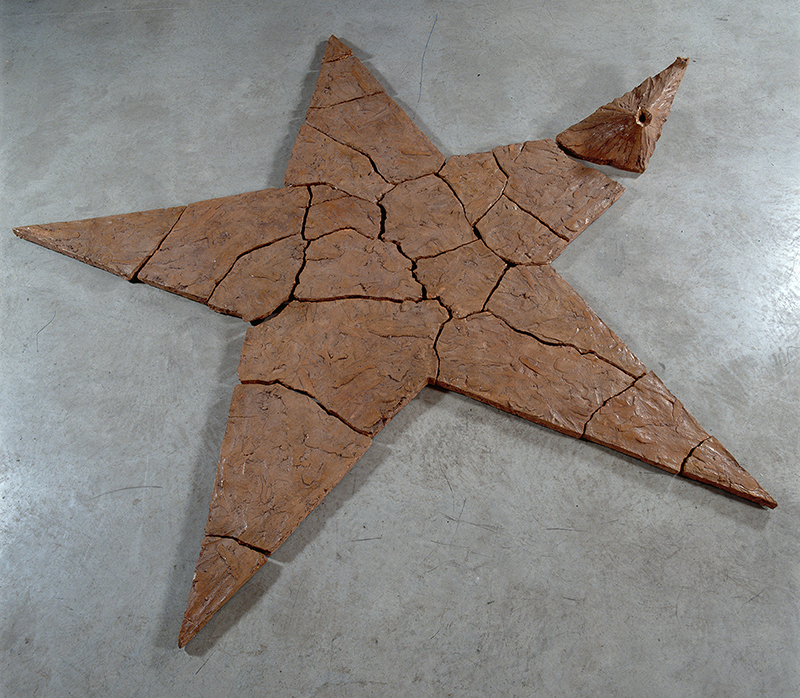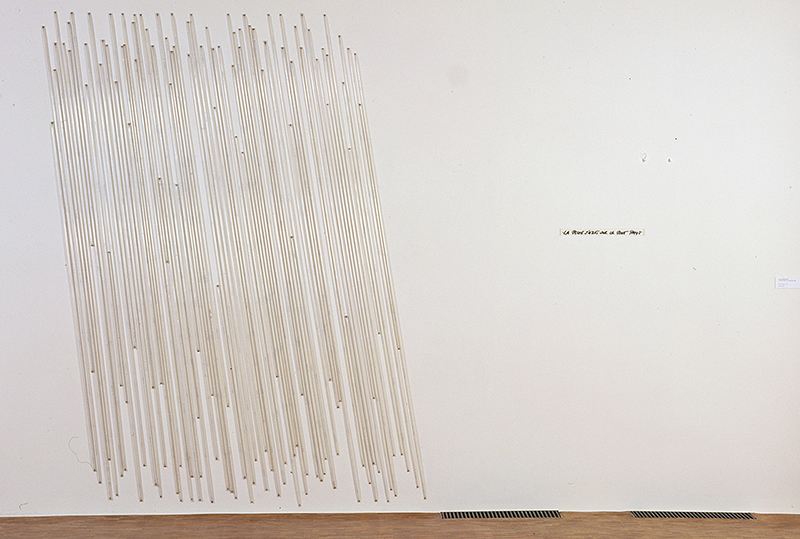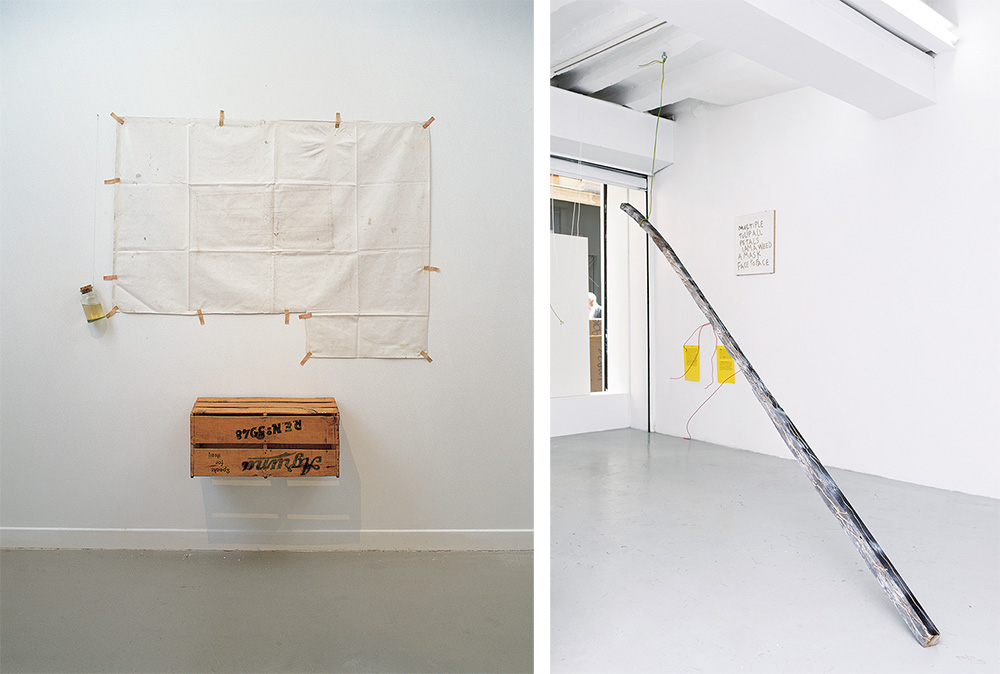ART-PRESENTATION:Le Paradoxe de l’iceberg, Part II
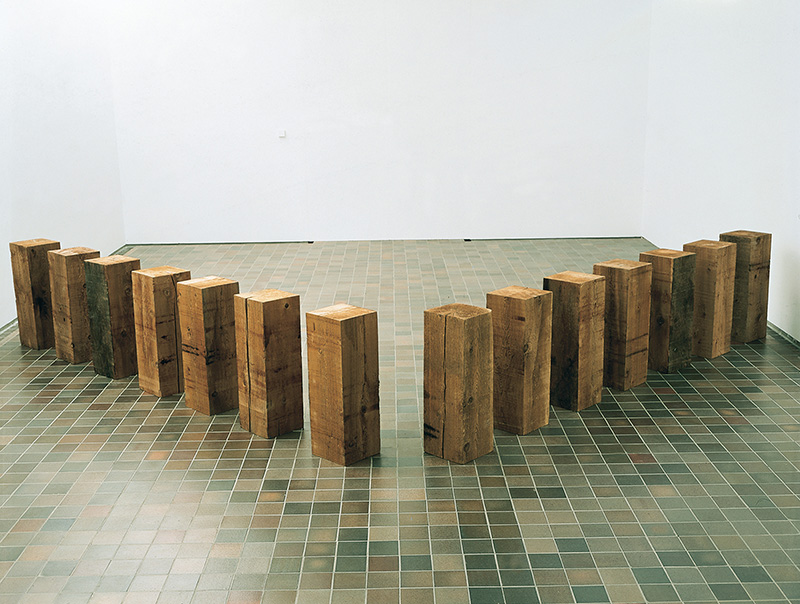 The exhibition “Le Paradoxe de l’iceberg” brings together works from the Frac Grand Large/Hauts-de-France Collection that use raw materials subjected to chemical or physical modifications. These materials are chosen for their aesthetic properties, as well as their energy or symbolic charge. Signs and traces are combined in the exhibition, those stemming from searching for a visual language in pursuit of its own physical and metaphysical limits (Part I).
The exhibition “Le Paradoxe de l’iceberg” brings together works from the Frac Grand Large/Hauts-de-France Collection that use raw materials subjected to chemical or physical modifications. These materials are chosen for their aesthetic properties, as well as their energy or symbolic charge. Signs and traces are combined in the exhibition, those stemming from searching for a visual language in pursuit of its own physical and metaphysical limits (Part I).
By Efi Michalarou
Photo: Frac Île-de-France Archive
As the Frac Grand Large has received a donation of Christine Deknuydt’s (1967-2000). works in 2018, Frac Île-de-France has chosen to shed light on her practice. During her short career, this artist laid the groundwork for extremely diverse graphic and pictorial research, open to the unexpected effects of words and materials. One of her watercolours in a dazzling blue wash gave the exhibition its title: “Le paradoxe de l’iceber”. It comprises two lines of mirror-inverted peaks. The iceberg shape, often visible in her work, shifts our attention to what is hidden. Indeed, the tip only forms a small portion, barely 10% of the total volume. This form encourages other dimensions of space to be considered, beyond what is visible. Furthermore, the iceberg also conveys the phenomenon of global warming and the gradual disappearance of sea ice. Is depicting the iceberg another way of capturing time and the vagaries of transformation? The exhibition brings together 25 international artists, taking shape by examining Christine Deknuydt’s fictitious apprenticeship with different explorers of the palpable world. Carl Andre’s “Phalanx” made up of 14identical red cedar logs, arranged vertically and aligned to form a right angle. the work demonstrates the artist’s attachment for raw timber planks and the relationship that his sculptures have with the place. “Bemerkung” by Franz West consists of two parts facing one another: an imposing papier-mâché sculpture and a monochrome golden painting. The contrast is important between, on the one hand the sculpture made from recycled materials and, on the other, the representation of a sort of religious icon. The use of text and literary and philosophical references lends a spiritual dimension to certain works. Jean- Sylvain Bieth’s installation “La vingt-neuvième table” is consistent with the philosophical if not metaphysical installations that he has presented since the start of the 1980s. They often combine materials with composite properties like clay, lead, glass, sandstone or ebony powder. He invites us to experience the work, to create some intimacy with it. Gilberto Zorio favours crude forms formed of materials such as leather, lead and earth, and seeks in particular to embody energy flows whether light, electric or sound in order to create a sensory work. The start of the 1970s marked a turning point in Gilberto Zorio’s work: the five-pointed star became one of his iconic shapes. Without intending to assign this figure a spiritual content, he made it a symbol of energy, depicted with different materials: laser, wires, javelins, etc. “Sculpture pour purifier la parole” is a fragmented terracotta star with an integrated tube of alcohol. This sculpture is a device for an experiment relating to language and seems to suggest a certain initiatory ritual. The transformation toward a new state of the matter is extremely important to Calzolari. The object endures and undergoes a metamorphosis. “Piombo Rosa” presents sheet lead painted with pink ink, the upturned corners of which demonstrate the specific materiality, both flexible and malleable of the metal. Jannis Kounellis endeavours to blend the organic and non-organic, to integrate natural elements like fire, cotton, coal, as well as animals, to create surroundings that are both tangible and sensory. The artwork “Senza Titolo” therefore combines a pair of shoes with a lit gas bottle. Fire, present from 1967 onwards in various forms in installations by Kounellis, embraces ambivalent symbolism, both a sign of danger, instability but also warmth, light and energy. Shoes are an old motif in the history of art. They lend an anthropomorphic character to the ensemble, substituting in a metonymic way the role of human beings. On presentation are works by: Carl Andre, John Armleder, Micol Assaël, Robert Barry, Joseph Beuys, Jean-Sylvain Bieth, Pier Paolo Calzolari, Nina Canell, Julien Creuzet, Christine Deknuydt, Nicolas Deshayes, Matias Faldbakken, Robert Filliou, Gloria Friedmann, Hans Haacke, Peter Joseph, Jannis Kounellis, Dennis Oppenheim, Lisa Oppenheim, Emmanuel Pereire, Evariste Richer, Jean-Luc Verna, Jacques Villeglé, Franz West and Gilberto Zorio.
Info: Curator: Keren Detton, Frac Île-de-France, Château de Rentilly, Parc culturel de Rentilly–Michel Chartier, Domaine de Rentillym 1 rue de l’Etang, Bussy-Saint-Martin, Duration: 11/3-22/7/18, Days & Hours: Wed & Sat 14:30-17:30, Sun 10:30-13:00 & 14:30-17:30, www.fraciledefrance.com
